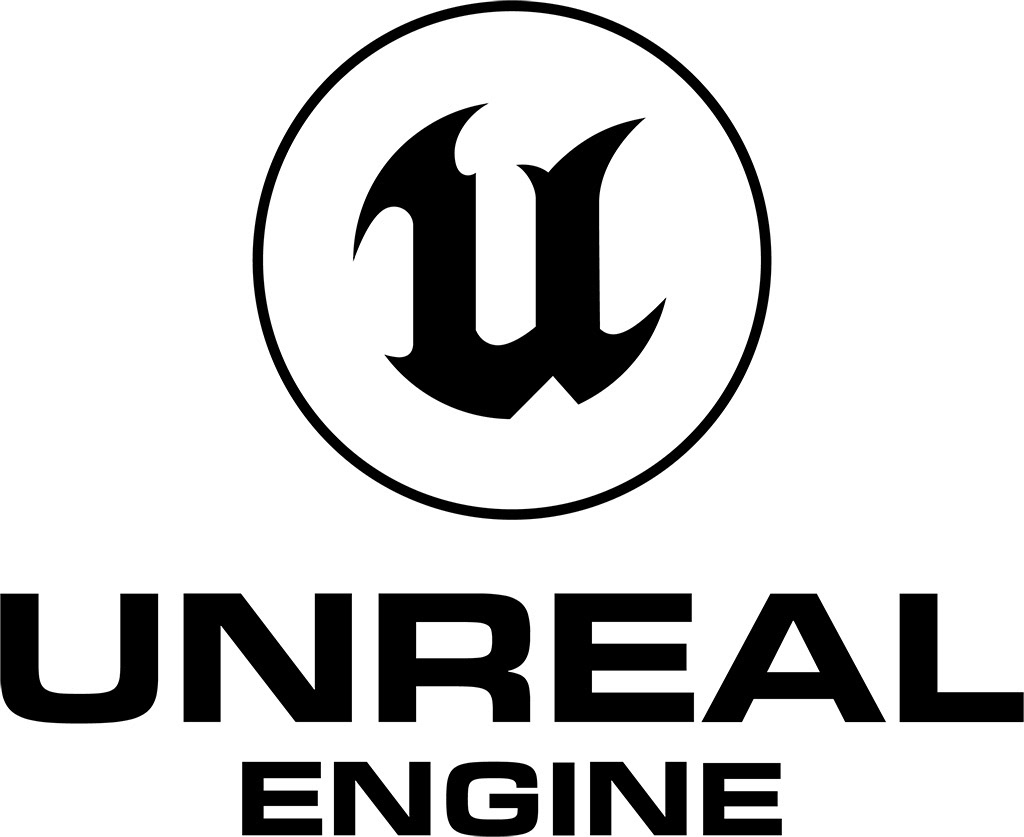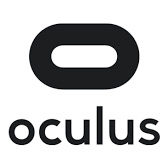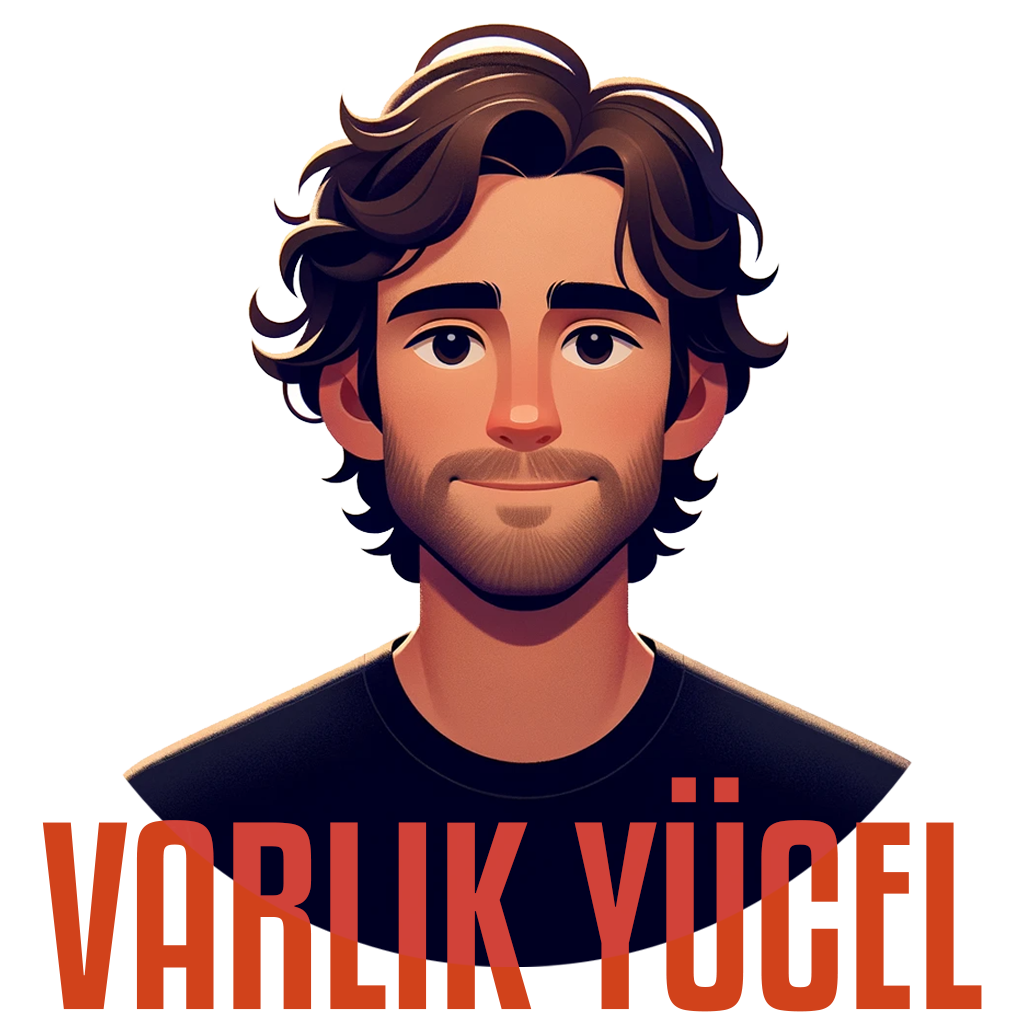🧰 Tools

Unreal Engine

Oculus

Blender

3D Studio Max
🧑 Role
Workshop Instructor
🤝 Contributers
Assoc. Prof. Dr. Guzden Varinlioglu (MIT)
Özgün Balaban (Columbia GSAPP)
Sepehr Vaez Afshar (University of Illinois)
Sarvin Eshaghi (ITU)
Nur Erdemci (ITU)
Hilal Kaleli (IUE)
Özgün Balaban (Columbia GSAPP)
Sepehr Vaez Afshar (University of Illinois)
Sarvin Eshaghi (ITU)
Nur Erdemci (ITU)
Hilal Kaleli (IUE)
🎓 Academic
This workshop was conducted as part of the DigitalFUTURES 2022 summer program, in collaboration with MIT’s Design Computation Lab, to advance research and education in digital heritage preservation through augmented reality and 3D modeling.
Project Details
DigitalFUTURES 2022 Summer Workshop: Board Game Tools and Methods for Architectural Heritage Augmentation
In the summer of 2022, I had the privilege of participating in the DigitalFUTURES 2022 summer workshops, an international initiative centered around the compelling theme of "One Planet." As part of this program, I collaborated with a talented, multidisciplinary team of seven tutors, each bringing unique expertise to the table. The workshop was led by Assoc. Prof. Dr. Guzden Varinlioglu, a Fulbright Visiting Scholar at MIT, and included Adjunct Assistant Professor Özgün Balaban (Columbia GSAPP), Sepehr Vaez Afshar (University of Illinois), Sarvin Eshaghi (ITU), Nur Erdemci (ITU), Varlık Yücel (ITU), Hilal Kaleli (IUE), and myself. Together, we guided participants through an innovative, five-day exploration of cutting-edge technologies to enhance a 2D board game with augmented reality (AR) features.
In the summer of 2022, I had the privilege of participating in the DigitalFUTURES 2022 summer workshops, an international initiative centered around the compelling theme of "One Planet." As part of this program, I collaborated with a talented, multidisciplinary team of seven tutors, each bringing unique expertise to the table. The workshop was led by Assoc. Prof. Dr. Guzden Varinlioglu, a Fulbright Visiting Scholar at MIT, and included Adjunct Assistant Professor Özgün Balaban (Columbia GSAPP), Sepehr Vaez Afshar (University of Illinois), Sarvin Eshaghi (ITU), Nur Erdemci (ITU), Varlık Yücel (ITU), Hilal Kaleli (IUE), and myself. Together, we guided participants through an innovative, five-day exploration of cutting-edge technologies to enhance a 2D board game with augmented reality (AR) features.
This workshop focused on educating participants in the use of state-of-the-art tools to augment a board game originally designed and developed at MIT’s Design Computation Lab. Our project centered on the Silk Roads of Anatolia during the Seljuk period, delving into both the tangible and intangible aspects of its architectural and cultural heritage. The process began with 3D modeling of historically significant caravanserais and characters, utilizing techniques such as photogrammetry, material application, rendering, and character design. These elements were then integrated into the board game using MIT’s Design Heritage Platform, adding an AR layer to enrich the experience. The final output contributed to an experimental alpha version of the game, which leverages the collective intelligence of players to deepen engagement with heritage preservation.
Held from June 27 to July 1, 2022, this workshop offered a dynamic blend of technology, design, and history, fostering a collaborative environment for creative problem-solving. For more details or to explore the registration process, visit the project page here: DigitalFUTURES Workshop Registration.
As a workshop instructor for the DigitalFUTURES 2022 summer program, I led the third session, delivering a comprehensive four-hour curriculum focused on advanced 3D modeling and texturing techniques to enhance architectural heritage representation. The session was structured as follows:
1/4 - First Hour: PBR Materials
I introduced participants to Physically Based Rendering (PBR) materials, demonstrating how to create realistic surface properties for 3D models. Using software tools like Adobe Photoshop and CrazyBump, I guided the creation of normal maps and albedo textures, as seen in the screenshot where a caravanserai arch’s normal map (left) and textured preview (right) were developed, ensuring accurate lighting and material fidelity.
2/4 - Second Hour: Procedural Materials
In the second hour, I explored procedural material generation using Blender’s node-based system. Participants learned to craft dynamic brick textures, as depicted in the screenshot showing a Blender workspace with a custom brick material setup. This hands-on segment emphasized efficiency and scalability in texturing complex architectural elements.
In the second hour, I explored procedural material generation using Blender’s node-based system. Participants learned to craft dynamic brick textures, as depicted in the screenshot showing a Blender workspace with a custom brick material setup. This hands-on segment emphasized efficiency and scalability in texturing complex architectural elements.
3/4 - Third Hour: 3D Model Details
The third hour focused on refining 3D model details, where I demonstrated the application of displacement maps and fine-tuning of geometric accuracy. The screenshot of a Blender scene with a detailed arch model illustrates how I instructed participants to enhance structural integrity, aligning with the workshop’s goal of preserving Anatolian heritage through digital means.
The third hour focused on refining 3D model details, where I demonstrated the application of displacement maps and fine-tuning of geometric accuracy. The screenshot of a Blender scene with a detailed arch model illustrates how I instructed participants to enhance structural integrity, aligning with the workshop’s goal of preserving Anatolian heritage through digital means.
4/4 - Fourth Hour: UV Mapping & Texturing
Concluding the session, I covered UV mapping and texturing techniques, teaching participants to unwrap models and apply textures seamlessly. The final screenshot highlights a textured arch model in a natural environment, showcasing the practical outcome of the UV mapping process I guided, integrating photogrammetry data with artistic rendering.
This session contributed to the workshop’s objective of augmenting a 2D board game with AR features, leveraging MIT’s Design Heritage Platform. My instruction bridged theoretical knowledge with practical application, empowering participants to create detailed 3D representations of Seljuk-period caravanserais, as part of a collaborative effort to explore collective intelligence in heritage preservation.
